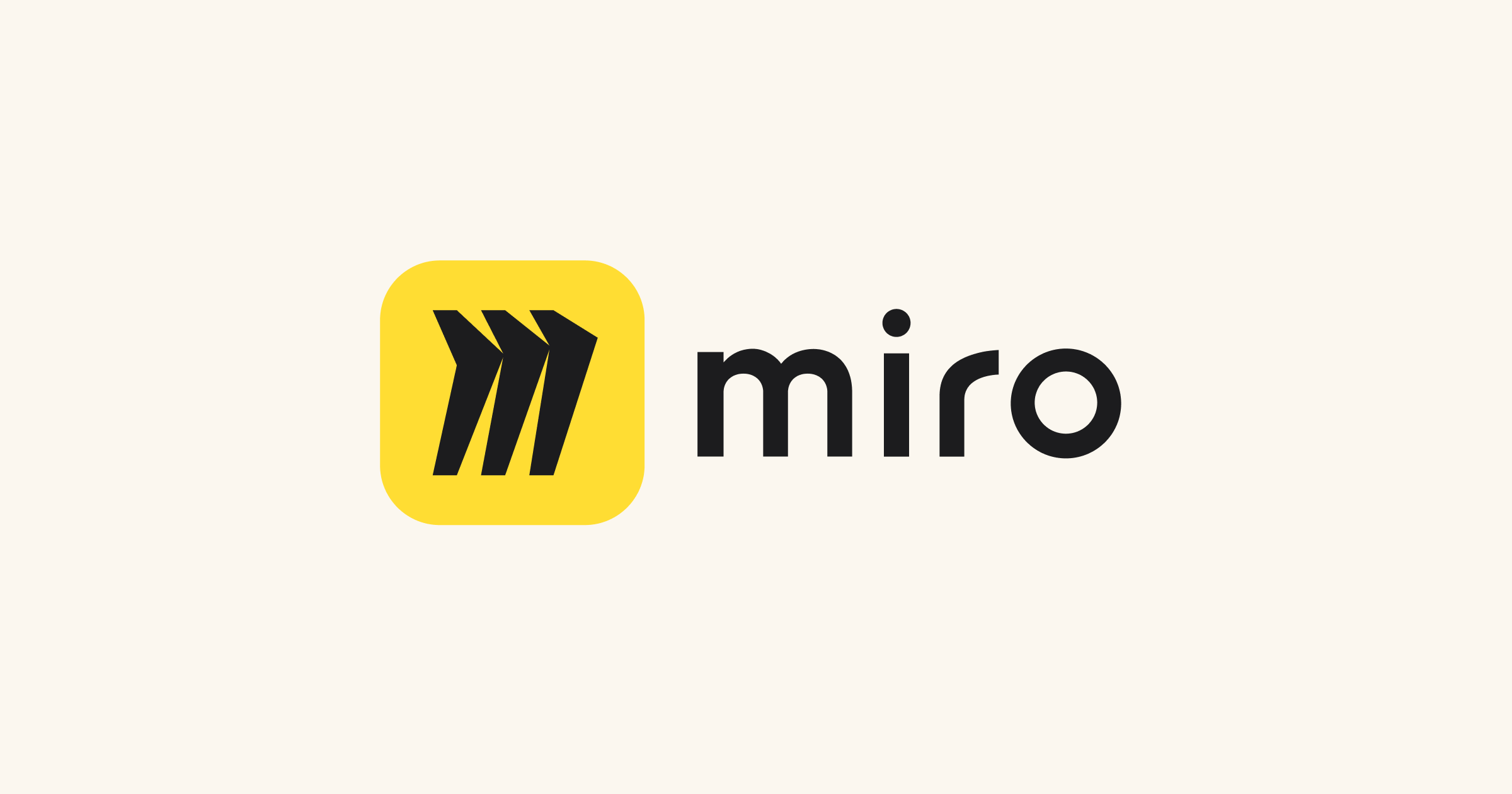There are many ways you can create value for your users. One common way is through events – like conferences, meetups, or user-groups – where customers, industry leaders, and other experts have the opportunity to exchange knowledge.
While in-person events bring enormous value for attendees, they can also be extremely resource-heavy. They’re also dependent on getting people to a certain location for a set period of time. We wondered: what if we could generate the immense value of an in-person event, but without these downsides?
This thought process led us to run our first-ever virtual conference, Distributed 2019, for distributed product teams. Based on the success of that conference, we put forth our 2020 bet on a transformative way to create value, save money, and connect more people using the right tools. What does the user conference of the future of work look like? Remote.
Barbra has been leading and building marketing teams to drive growth, category creating brands and community for over 10 years. She writes about team building, collaboration for distributed teams and all-things marketing, and was most recently host and producer of Distributed 2019, Miro’s remote conference for product teams.
The genesis of a remote-first conference
At Miro, we have more than 3 million users, who are globally distributed. Miro is designed to help distributed teams work more effectively together, as if they’re in the same room – and to remove the roadblocks and friction that remote work environments create.
Given the distributed nature of the company and the value the product provides, we wanted to host a new kind of conference — one that welcomed and engaged the global user-base, attracted the best practitioners and visionaries in the space, and utilized the very tools we use every day to enable successful distributed work.
More and more companies are embracing a “remote-first” mindset, so we took this same approach with Distributed 2019, our first ever user conference. This approach enabled us to do a lot in a short period of time. We planned and executed the 3-day virtual event with 35+ speakers and 14,000 attendees in about 6 weeks (if you have more time, even better — we were intentionally going for speed and scrappiness).
Re-creating the vibe of the traditional IRL conference
When we set out to plan the conference, we thought about the ways that SaaS can both re-create aspects of the IRL conference and elevate the value of these kinds of events.
Elevate the experience with the right tech stack
Slack – Slack was used for our “halls” experience. We wanted to create a way for attendees to connect with each other, chat, and debrief on the sessions they attended, as if they had just walked out of the live event. Slack also let us create a community prior to the event for people to share their questions, ideas and excitement. We hosted speaker AMAs in the event Slack community after each session, and incentivized joining by providing exclusive content through this channel.
Zoom – This was the visual window into the session. There are several ways you can set this up. We used panel view, so you could see all the speakers at the same time, and we also displayed Miro as a visual note-taking space for panel discussions (see below for more details) so the sessions were more engaging and interactive.
Miro – Used as digital whiteboard for live note-taking throughout the event, these boards were shared with attendees afterwards, including templates and other content shared by speakers throughout the event.
Take advantage of the virtual medium to create value
It’s important for an event like this to not just be a bunch of talking heads. We leveraged various formats for the event from keynote-style presentations, to fireside chats with live note-taking, to panel discussions with active collaboration and co-creation amongst the speakers, and breakout sessions for small group discussions. The sessions were all recorded in various formats for re-packaging as on-demand content after the event.
[rtb_inline_subscription id=”1″ size=”small” header=”Subscribe to learn more about remote collaboration” button=”black”]
The value of remote-first conferences
Here are a few core reasons a remote conference works so well:
1. You can attract the best speakers
The beauty of a remote conference is that speakers can be in any location. You aren’t asking for a big time or travel commitment, you’re only asking for a couple hours to prep and do the event live. This makes it really easy for very busy people to say “yes.”
Within weeks of opening up our call for speakers we were able to secure 35+ product leaders and execs to participate in our event. We ensured everyone had a quiet and private place to participate, ran sound and visual checks – and that was it. The speakers were eager to participate in an interactive event and curious about the format.
2. You can reinforce or introduce product value in an authentic way
For Miro, it made sense to demonstrate the value of the product in an authentic way by using it as a digital whiteboard. That said, there are many ways to organically integrate your product or brand experience into the event either before or after. We also hosted lunchtime demos that had high attendance and shared best practices and use-cases to appeal to different audiences.
3. Community building happens on its own
An event of this scale with a remote-first approach enabled the community to take off on its own. Several weeks before the event started, content was seeded in the Slack community, attendees were introducing themselves, sharing their work, and giving pro tips. It led to several new brand advocates who volunteered to host virtual user-groups in the same format. In the weeks leading up to and during the event, we had over 4,000 attendees actively connecting and sharing ideas in our Slack community. It was amazing!
4. Engage an audience that reflects your customer-base
We had attendees from over 86 countries attend Distributed 2019. This is staggering and exciting. The diversity of the audience was way beyond what you could expect with a live event, plus more representative of what the customer base actually looks like. This is how we touch our global advocates, and bring an international community of users together into one community. As a bonus, a remote-first approach enabled us to attract a much bigger audience, driving brand awareness and new-user growth — 27% of registrants to Distributed 2019 were non-users and net-new leads.
The upshot: IRL events should evolve with the future of work
New tech and new ways of working offer a window of opportunity into optimizing the paradigm of the IRL conference. The remote-first conference allows for scale, global audiences, easier access to knowledge, opportunities for more digestible content formats, and a platform for brand building. So, gear up for Distributed 2020 and the deluge of remote-first conferences to come.






